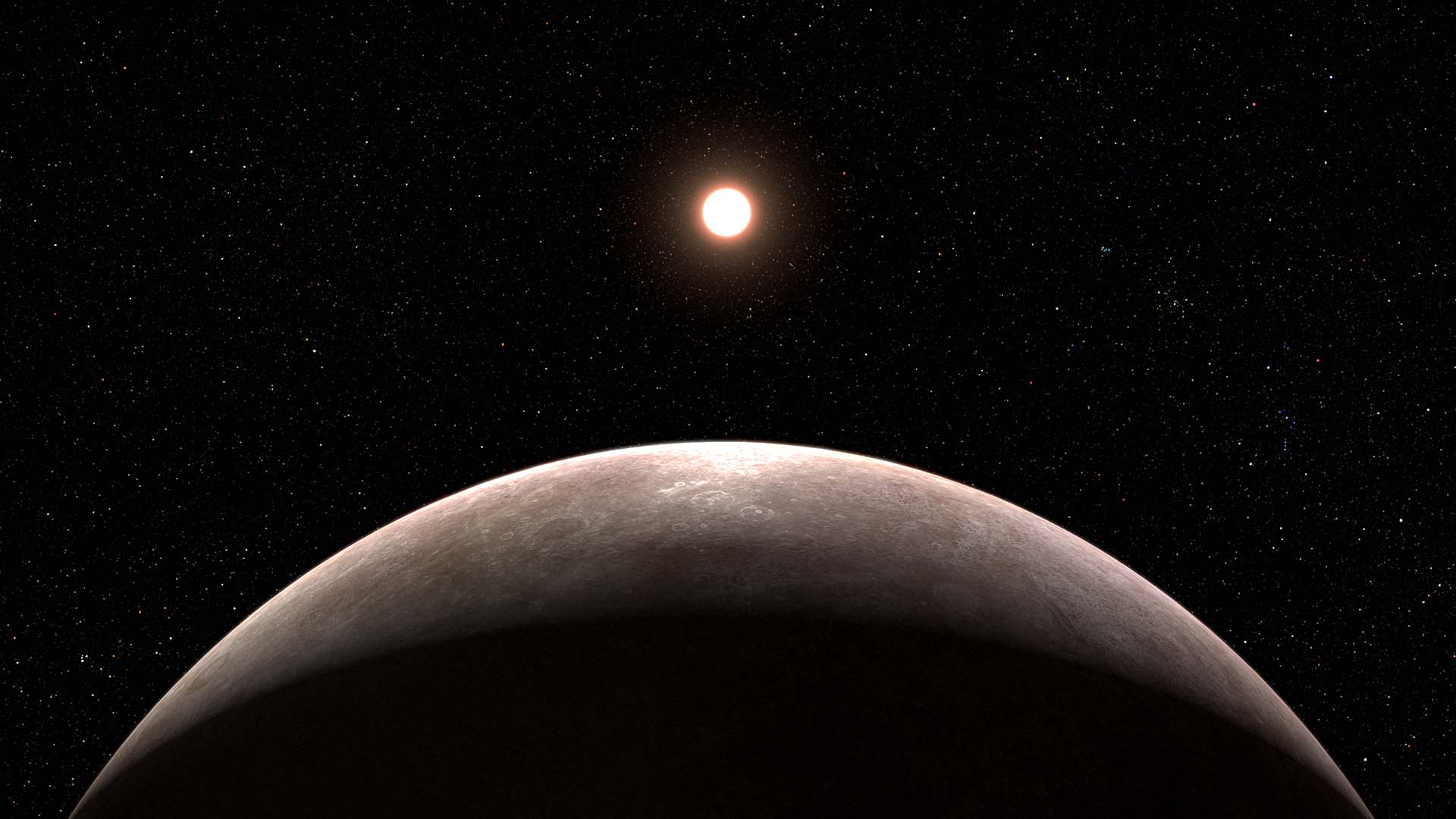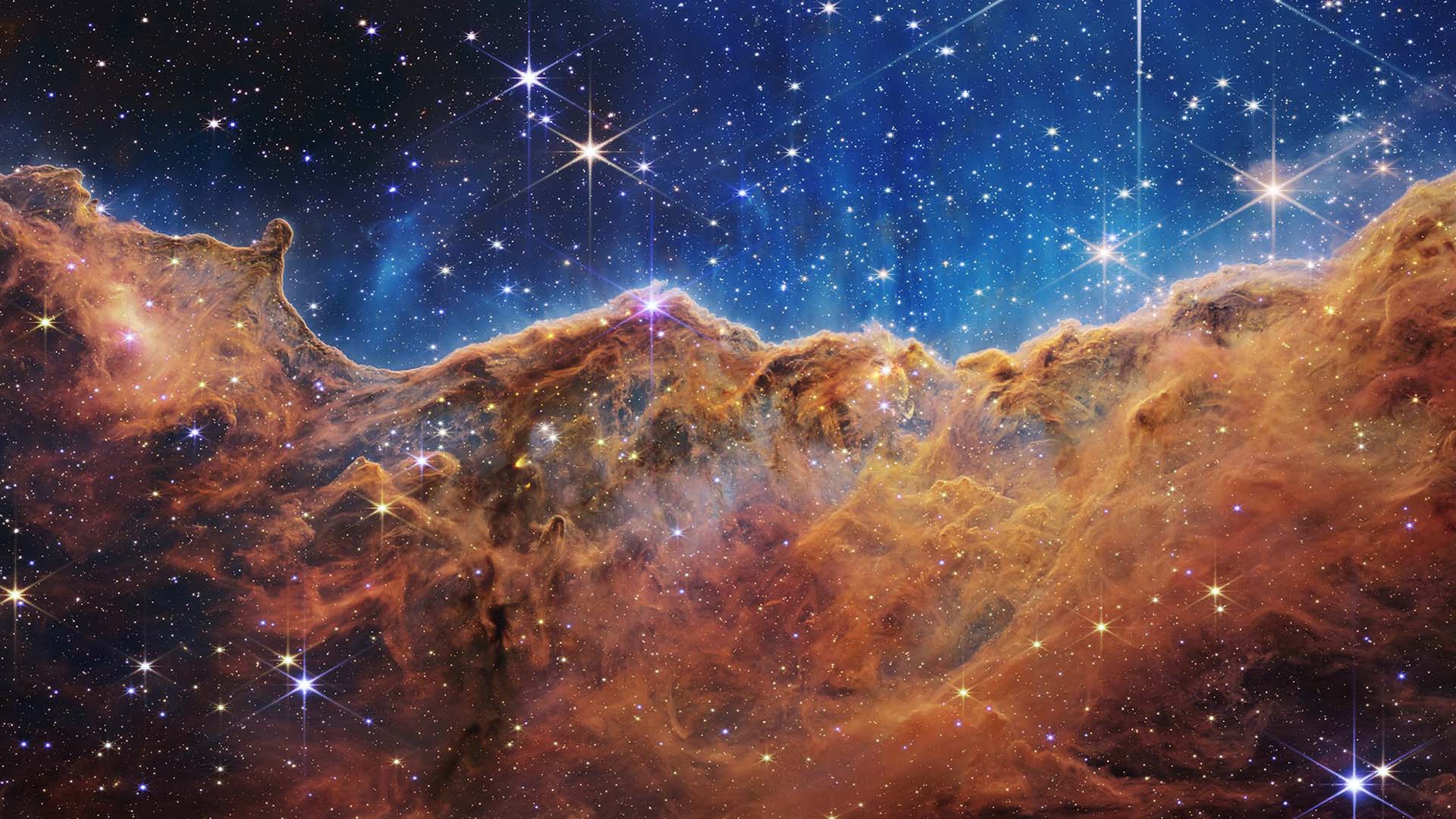The James Webb Space Telescope captured a stunning image of Cassiopeia A, which is the youngest known remnant of a massive star that exploded about 340 years ago. The picture provides scientists the opportunity to find out more about how such supernovae occur.

Dissecting the Image
Cassiopeia A spans about 10 light-years and is located 11,000 light-years away. It is a prototypical supernova remnant that has been widely studied in the past. Thanks to James Webb Space Telescope’s multi-wavelength observations, scientists have now been provided a more comprehensive understanding of the remnant.
As Danny Milisavljevic, the principal investigator of the Webb program that captured these observations, said in a statement, “Cas A represents our best opportunity to look at the debris field of an exploded star and run a kind of stellar autopsy to understand what type of star was there beforehand and how that star exploded.”
The image features many striking colors that the research team is beginning to investigate. On the top and left of the image lie curtains of material that appear orange and red due to emission from warm dust. This marks where ejected material from the exploded star meets its surrounding gas and dust.
The clumps and knots of pink depict the material from the star itself, which includes a mix of oxygen, argon, neon, dust emission, and more. Scientists are currently looking into these sources of emission. The green loop also remains a mystery to scientists. Nicknamed the Green Monster in honor of Fenway Park in Boston, the loop is dotted with mini bubbles that scientists can not yet explain.

For many, this image sparks awe in the beauty and mystery of space. But, for a select few, the image will guide years of research. As Milisavljevic noted, “By understanding the process of exploding stars, we’re reading our own origin story. I’m going to spend the rest of my career trying to understand what’s in this data set.”
What is a Supernova?
A supernova like Cassiopeia A is what occurs after a star has reached the end of its life and explodes in a brilliant burst of light. Supernovae can briefly radiate more energy than our sun will in its entire lifetime and are the primary source of heavy elements in the universe.
Supernovae can be classified as either Type I or Type II. In a Type I supernova, a star accumulates matter from a nearby neighbor until a runaway nuclear reaction ignites. They typically originate from white dwarf stars; as the gas of the companion star accumulates on the white dwarf, it eventually sets off a nuclear reaction that leads to a supernova outburst.
In a Type II supernova, a star runs out of nuclear fuel and collapses under its own gravity. Once a star’s core surpasses a certain mass, it begins to implode. Eventually, the implosion bounces back off the core which expels the stellar material into space and forms the supernova. Cassiopeia A was a Type II supernova. It originated from the collapse of a helium core of a red supergiant that had lost most of its hydrogen envelope before exploding.






